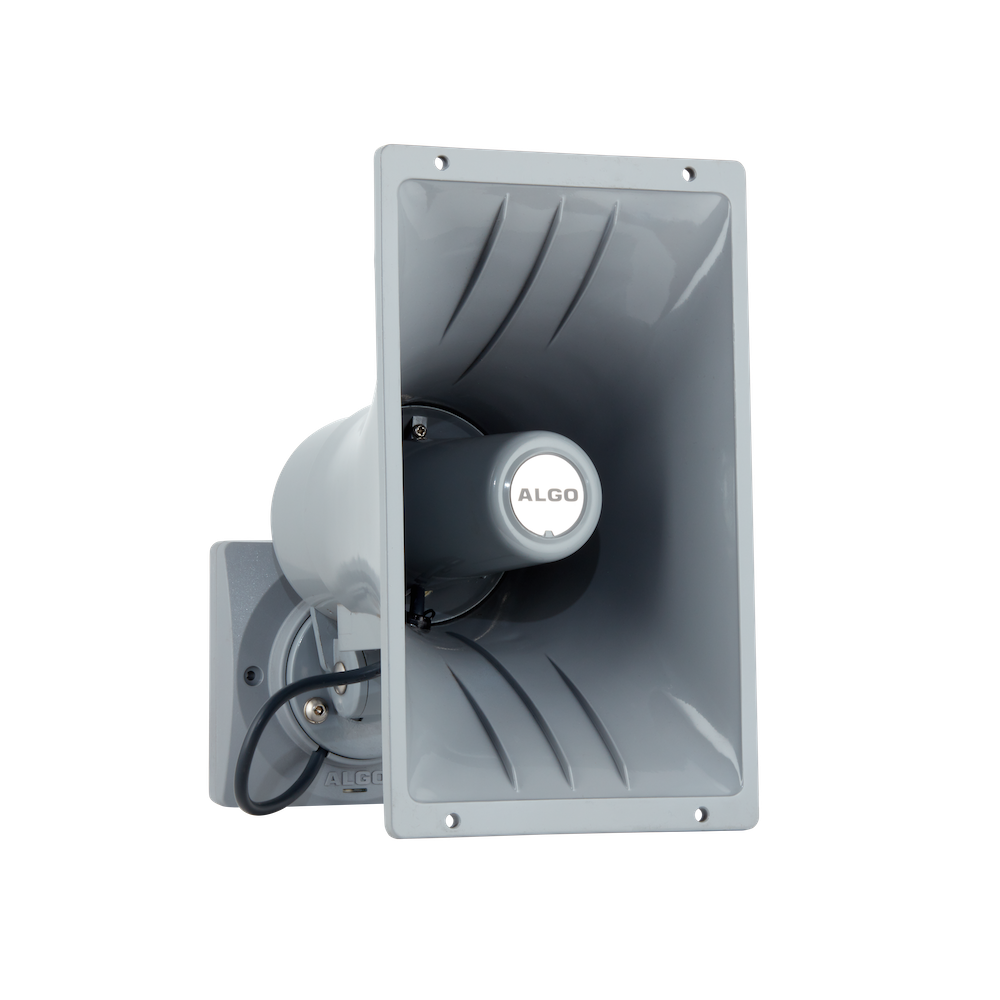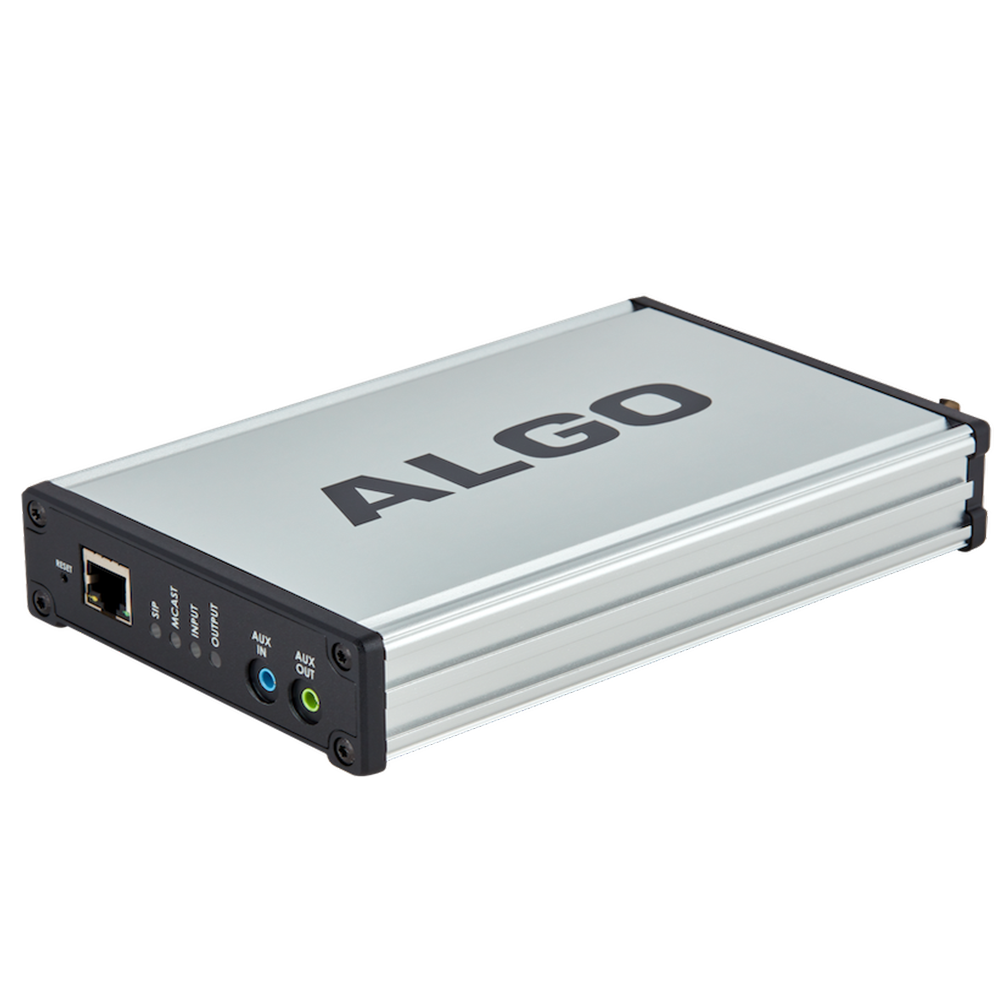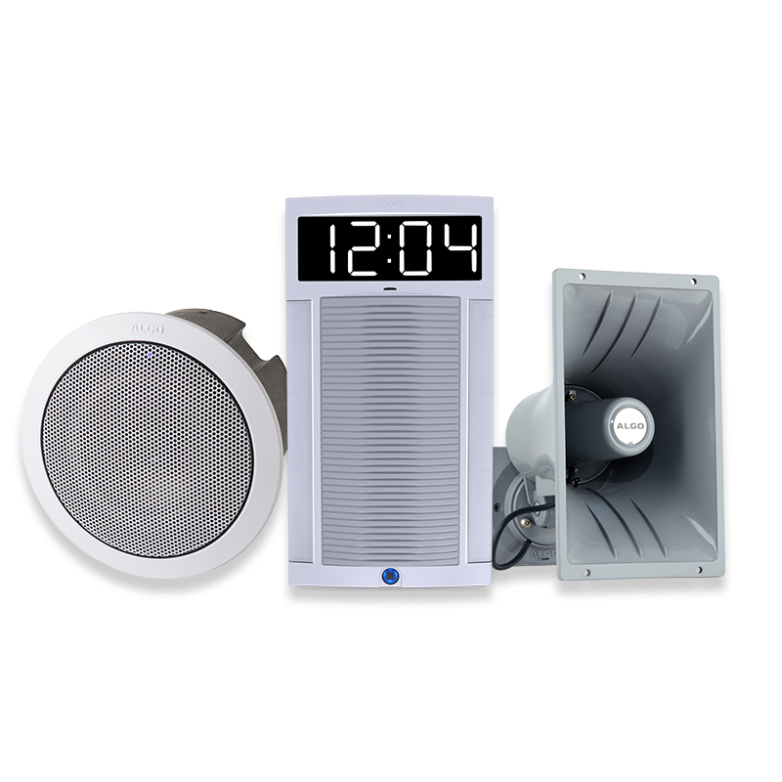Avaya Compatibility
As an Avaya DevConnect Partner, Algo products have been Avaya Certified for compatibility and interoperability.
Deploy Algo’s suite of Avaya certified IP speakers, intercoms, and strobe lights for your voice paging, alerting, and door entry requirements within your Avaya ecosystem.
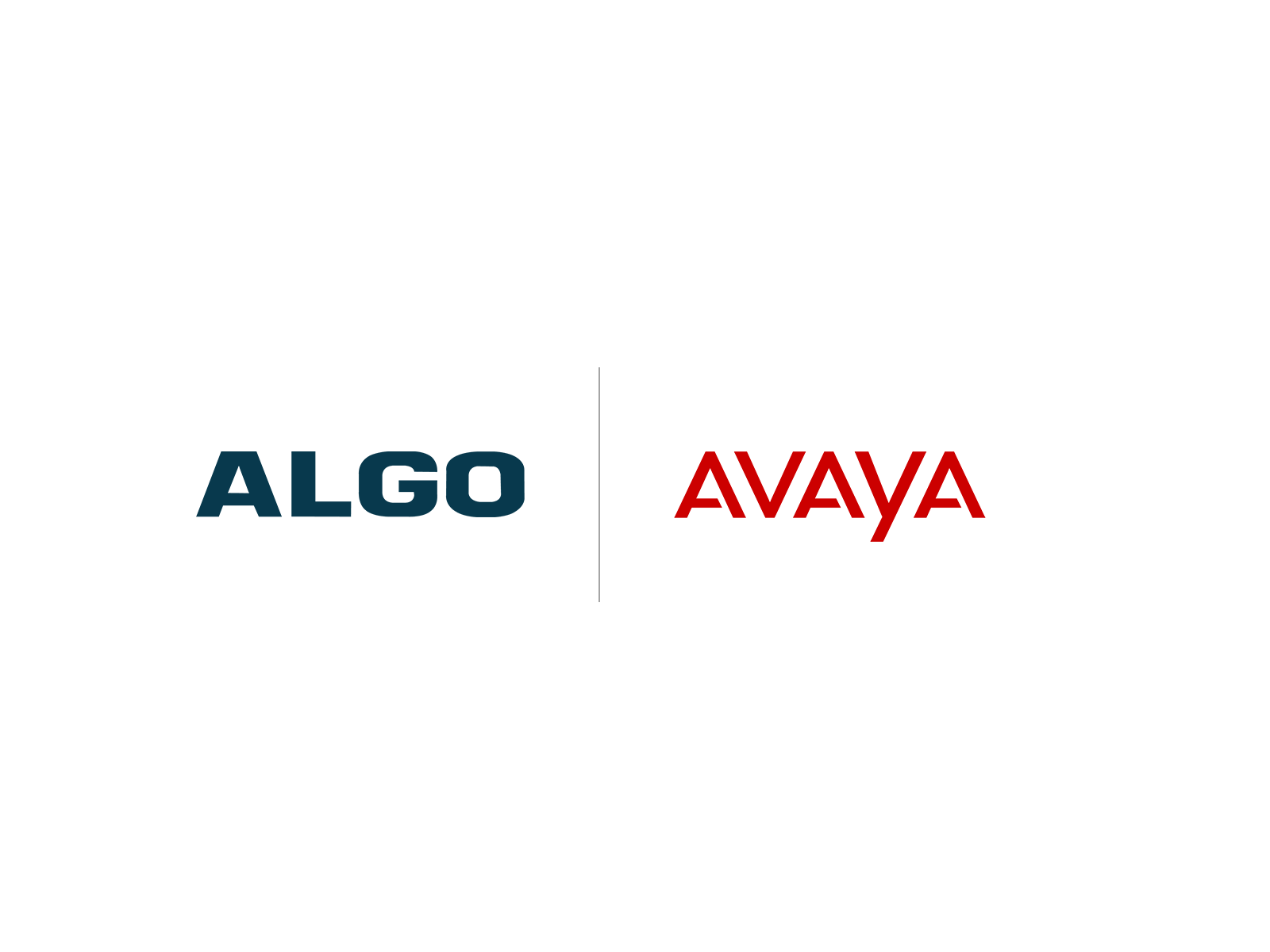
Algo offers SIP compliant endpoints for voice paging, alerting and, secure door entry, all of which integrate seamlessly into your Avaya ecosystem. Tested on Avaya Cloud Office, IP Office, and Aura Communication Manager for compatibility and optimal integration, Algo IP endpoints are sure to integrate effectively into an Avaya environment.
 | 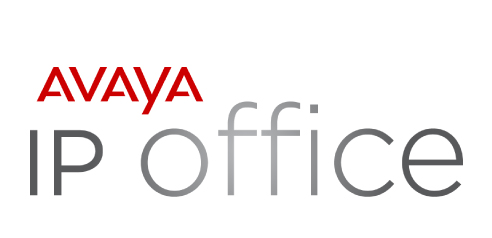 |  | |
|---|---|---|---|
| Platform | Avaya Cloud Office | IP Office | Aura Communication Manager |
| Latest Firmware Tested | v.3.3.3 | v.1.7.9 | v.1.7.9 |
| Tested & Confirmed Compatible | |||
| Documentation Available |
DEPLOYING ALGO SOLUTIONS IN AN AVAYA ENVIRONMENT
Algo products are feature-rich, supporting secure SIP using TLS and SRTP, central provisioning and network supervision. Multicast is also supported to permit solutions to be scaled over any size building, campus or enterprise in education, healthcare, government, commercial office, manufacturing, utility / plant, transportation, distribution / warehouse retail and hospitality sectors, to name a few.
Integrating a legacy analog paging system to an Avaya telephone system is simplified with Algo paging adapters. SIP registration and multicast are supported on Algo paging adapters to ensure audio from voice paging, emergency notification alerting, and scheduled announcements / bells can be easily bridged to most traditional analog amplifiers. This makes it possible for audio to be simultaneously broadcast over legacy analog infrastructure, multicast-supported telephones, and Algo IP speakers. With Algo paging adapters there is no limitation to creating a hybrid solution to achieve complete integration of analog and IP endpoints. Regardless of how future needs may change for any organization, business, or enterprise, the Algo IP paging system is flexible to accommodate public address (PA) application requirements.

AVAYA SMART SCHOOL SOLUTION
Algo IP endpoints form an integral part of the Avaya Smart School Solution. IT administrators and staff responsible for physical security, voice, and data infrastructure can fully manage and supervise all endpoint devices via the Avaya network and UC environment. From any phone or device, voice paging, alerting, notification, bell scheduling, and security intercom is fully integrated for meeting day-to-day needs and emergency / safety requirements. This solution lends itself to a cross-section of verticals including manufacturing, education and health care.
All Algo IP products are 3rd party SIP compliant and certified to register on Avaya IP Office (IPO) and Aura unified communication (UC) platforms.
Algo offers SIP compliant endpoints for voice paging, alerting and, secure door entry, all of which integrate seamlessly into your Avaya ecosystem. Algo suite of Avaya compatible IP Endpoints include:
